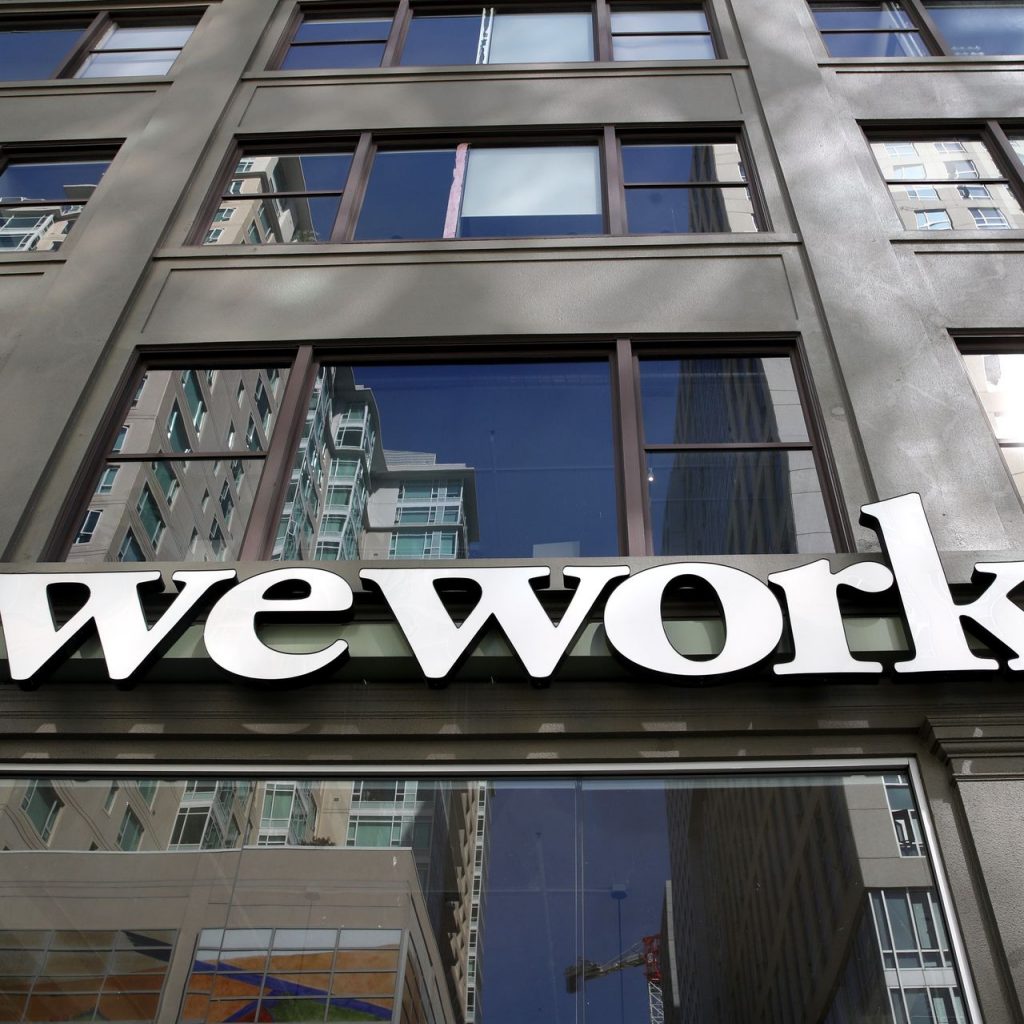It’s never a good situation, in any business, when one customer accounts for too much of your business. If they go away, so could you.
10% Of the Increasingly Risky CLO Market Is Owned by One Japanese Bank
But that’s exactly what’s been happening in the CLO – collateralized loan obligations – market. Norinchukin Bank is a Japanese cooperative bank headquartered in Tokyo. The bank was founded nearly 100 years ago by the Japanese government and serves over 5,600 agricultural, fishing and forestry cooperatives in this island country in East Asia.
With overseas branches in New York, Singapore, and London, the Norinchukin is also one of Japan’s largest institutional investors. The bank has an investment portfolio of more than $400 billion, about $62 billion of which is CLO debt.
Since the last financial crisis in 2008, the Japanese have been voracious buyers of CLOs issued in the U.S. In fact, by some estimates they’re absorbing between 60% and 75% of the most senior, AAA-rated debt sold in the U.S.
Collateralized loan obligations are leveraged loans that offer higher yields than those found on safer debt and pay floating-rate coupons. In theory, floating coupons should offer protection from rising interest rates. However . . . .
Recent articles in both Forbes and the Wall Street Journal note that over 70% of CLOs are “covenant-lite”. Covenant lite is a nice way of describing loans that place fewer restrictions on the borrower and offer fewer protections for the lender. These loans are more forgiving when underwriters review a borrower’s collateral, income level, and loan repayment terms. Which is a main reason the lender wants to package and sell the loans as CLOs and get them off its balance sheet.
Market research reporters often write that the issuance of CDOs – which are widely blamed for triggering the Global Financial Crisis 11 years ago – have significantly decreased since 2008. That’s factually true, but a little misleading.
While CDOs in total have declined, CLOs outstanding have risen by 130% to $600 billion over the same time period. About 10 years ago, CLOs made up 25% of total CDOs outstanding. Today, CLOs represent about 80% of all CDOs. Through the first three quarters of 2018, CLO issuance in the U.S. totaled $99 billion – a 39% increase over the same time period in 2017.
Packaging leveraged loans into CLOs doesn’t make risky loans go away. It simply transfers the credit risk to CLO holders. Frequently, these holders buy credit default swaps that end up transferring the credit risk from the holders of the collateralized loan obligations to the sellers of default swaps. Essentially, they’re passing the buck.
If the economy takes a turn for the worse, investors in CLOs will have fewer credit protections than those needed to sustain losses. It’s sort of like a game of musical chairs. Everybody knows the music is going to stop, they’re just not sure when.
Since 2008 the interconnection between banks and financial institutions has increased. All of which begs the question: are CLOs the next asset-backed security to wreak havoc on the global economy?
Join Our Newsletter!




